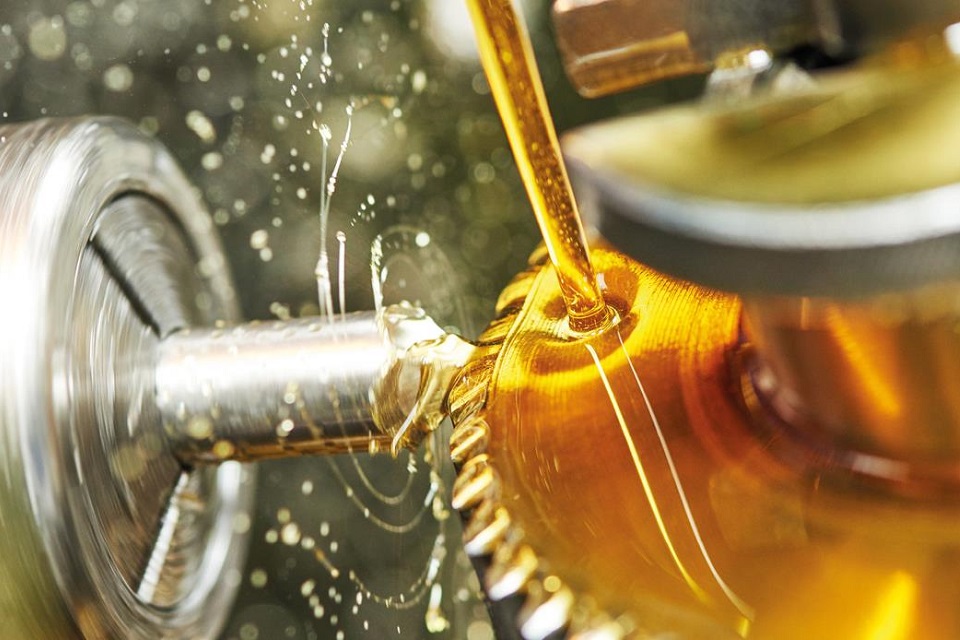Lubrication reduces friction between moving parts and dissipates heat to prevent damage. A proper lubrication program will extend the lifespan of your equipment and ensure optimal performance. The main sustainable lubrication techniques used in machining are MQL, cryogenic and high-pressure coolant. They reduce the use of harmful cutting fluids that contain environmentally hazardous and toxic chemicals.
Table of Contents
Poor Labeling
The creation of industrial lubricants requires a tremendous amount of time and resources. Major oil companies employ a lubricant supplier VA to develop specific oils and greases for various applications. Efficient lubricant storage is essential for effective industrial maintenance. A world-class lubrication program requires that containers be labeled with alphanumeric and color coding systems so employees can easily identify which lubricant is stored in which container.
Additionally, lubricant containers should be stored indoors where temperatures and humidity are more controllable. Ideally, separate indoor locations should be set aside for bulk and dispensing containers such as grease guns. It helps prevent contaminant transfers between different types of lubricants. Also, a system should be in place to ensure that each lubricant is being used within its specified shelf life.
One-Dimensional Filter Carts
Industrial lubrication provides many benefits, including reduced friction and wear, dissipating heat, protecting equipment from corrosion, and optimizing machine performance. But improper lubrication can lead to increased operating costs and downtime due to machine failure. The more your lubricant is handled and exposed to contamination, the more it degrades. Combining minimal handling with industrial oil filtration results in a clean lubricant that meets OEM cleanliness standards. The most important step is creating a maintenance program with a detailed description of equipment, suggested lubricants, and lubrication schedules. CMMS systems can also generate work orders for lubrication activities and manage inventory levels to ensure you have the right lubricants at the right time.
Poor Procedures
Lubrication procedures are important because they set the stage for equipment reliability and maintenance. Poorly designed or executed lubrication processes can lead to recurring problems that result in downtime and lost production at your plant. For example, using a too thick or thin lubricant for the equipment’s needs could result in overheating and excessive wear, leading to bearing failure. It can cost your facility significant money in repair or replacement costs. Always follow OEM recommendations regarding lubricant type and viscosity to avoid these lubrication mistakes.
Additionally, it’s important to use clean containers to transfer lubricants and maintain bulk fluid temperatures. Lastly, periodic event-based reviews can be done to examine lubrication schedules and methods. These reviews can help your team develop the best lubrication program for your equipment.
Lack Of Knowledge
As baby boomers retire from the workforce, they take decades of knowledge of how their planet works. The lube tech position is often one of the longest-tenured positions in industrial manufacturing, and these professionals know the sight, sound and smell of their machines like no other. Unfortunately, this expertise is rarely passed down to new employees.
Consequently, many companies must treat their lubrication program with the seriousness it deserves. It results in significant immediate expenses, such as replacing bearings, indirect costs, such as safety and maintenance difficulties, lubricant waste, environmental issues, increased labor costs due to ineffective manual lubrication, and energy losses. Fortunately, creating an SOP for lubrication can help solve this problem. An automatic system can provide a continuous grease drip to your machinery, reducing friction and maintaining peak performance.
Lack Of Experience
Most industrial plants have thousands of equipment items with lubrication points that need maintenance, often at varying frequencies. It creates a daunting task for lubrication professionals, one that depends on the memory of staff to get the job done right. Many CMMS/EAM products provide well-known equipment cataloging, work-order generation and reporting capabilities. Yet, these systems need help to support the unique lubrication requirements, resulting in a minimalist approach relying on work-order blocks and spreadsheets. A specialized lubrication reliability solution can organize these PM blocks into footstep-efficient routes, combining machines, frequencies, lubricants and other attributes without restriction. Rather than presenting tasks weekly or monthly, these systems allow the operator to mark them complete as they go. It allows for a powerful and easy implementation of lubrication ODR that drives significant efficiencies on the plant floor.



